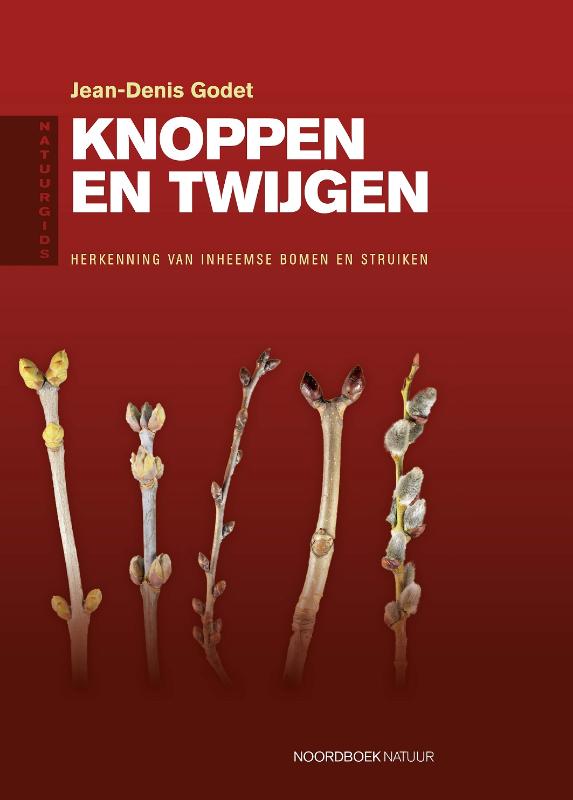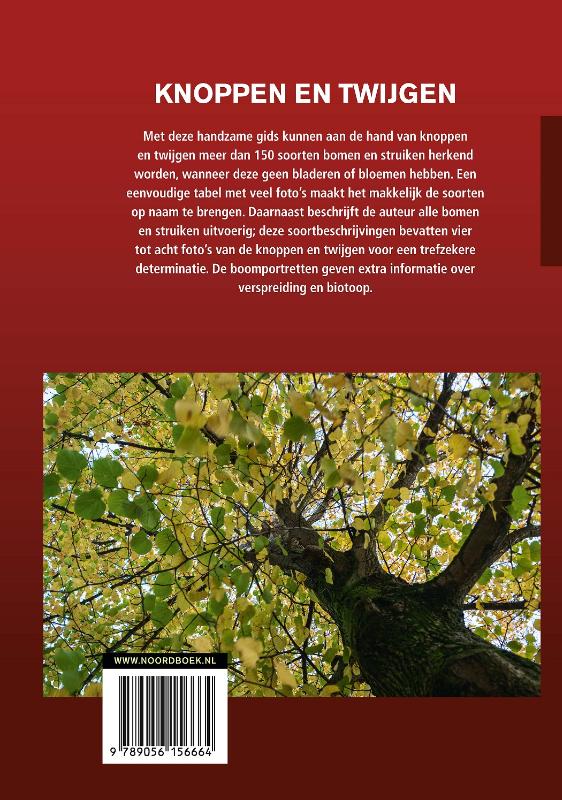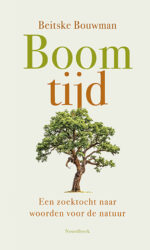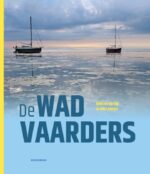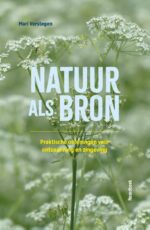Natuurgids knoppen en twijgen
€ 22,50
Met deze handzame gids kunnen aan de hand van knoppen en twijgen meer dan 150 soorten bomen en struiken herkend worden, wanneer deze geen bladeren of bloemen hebben. Een eenvoudige tabel met veel foto’s maakt het makkelijk de soorten op naam te brengen. Daarnaast beschrijft de auteur alle bomen en struiken uitvoerig; deze soortbeschrijvingen bevatten vier tot acht foto’s van de knoppen en twijgen voor een trefzekere determinatie. De boomportretten geven extra informatie over verspreiding en biotoop.
Jean-Denis Godet studeerde biologie en was jarenlang biologieleraar. Hij schreef verschillende boeken over planten. Vooral dankzij zijn bijzondere plantenfotografie staat hij in hoog aanzien.
